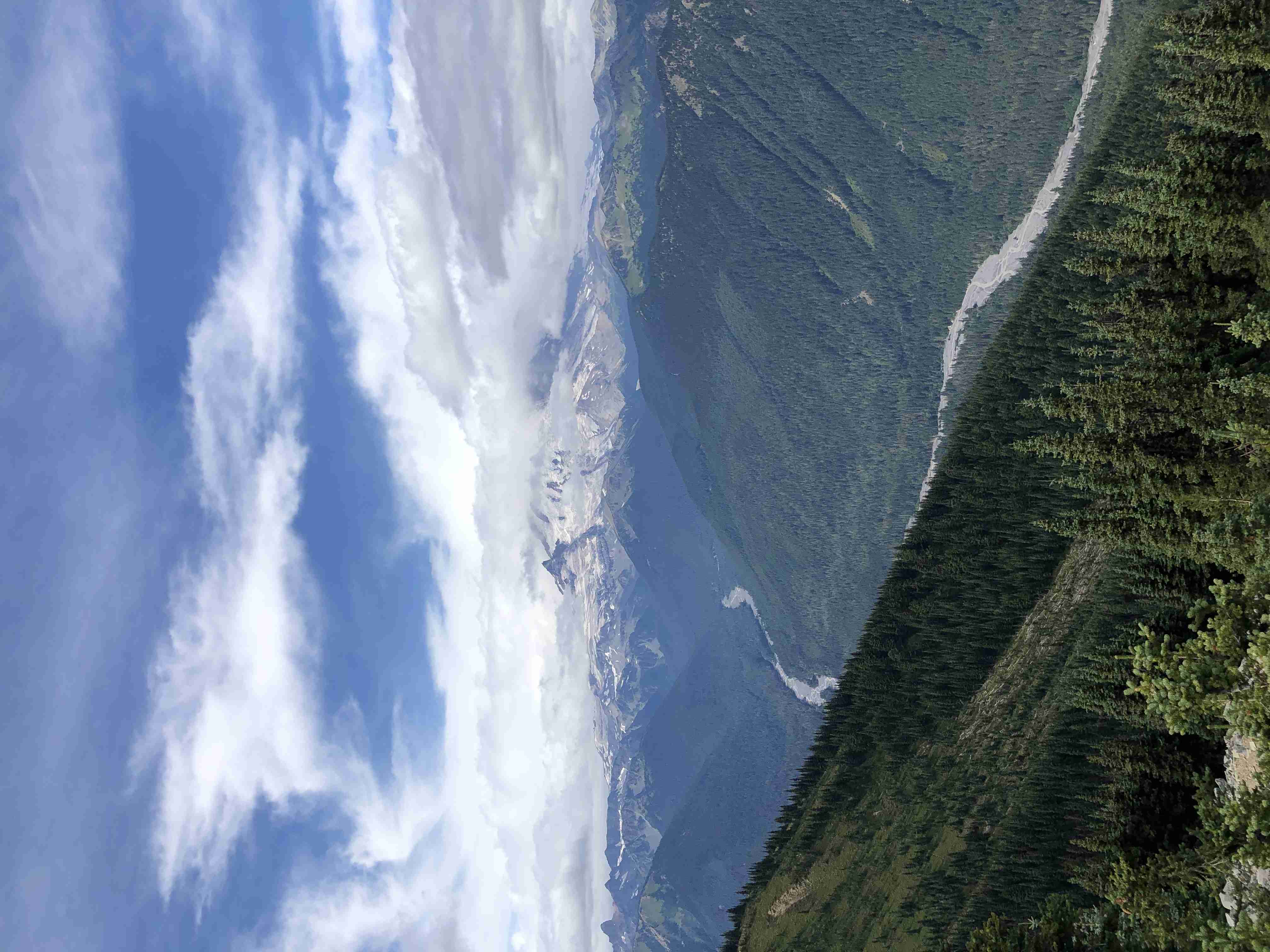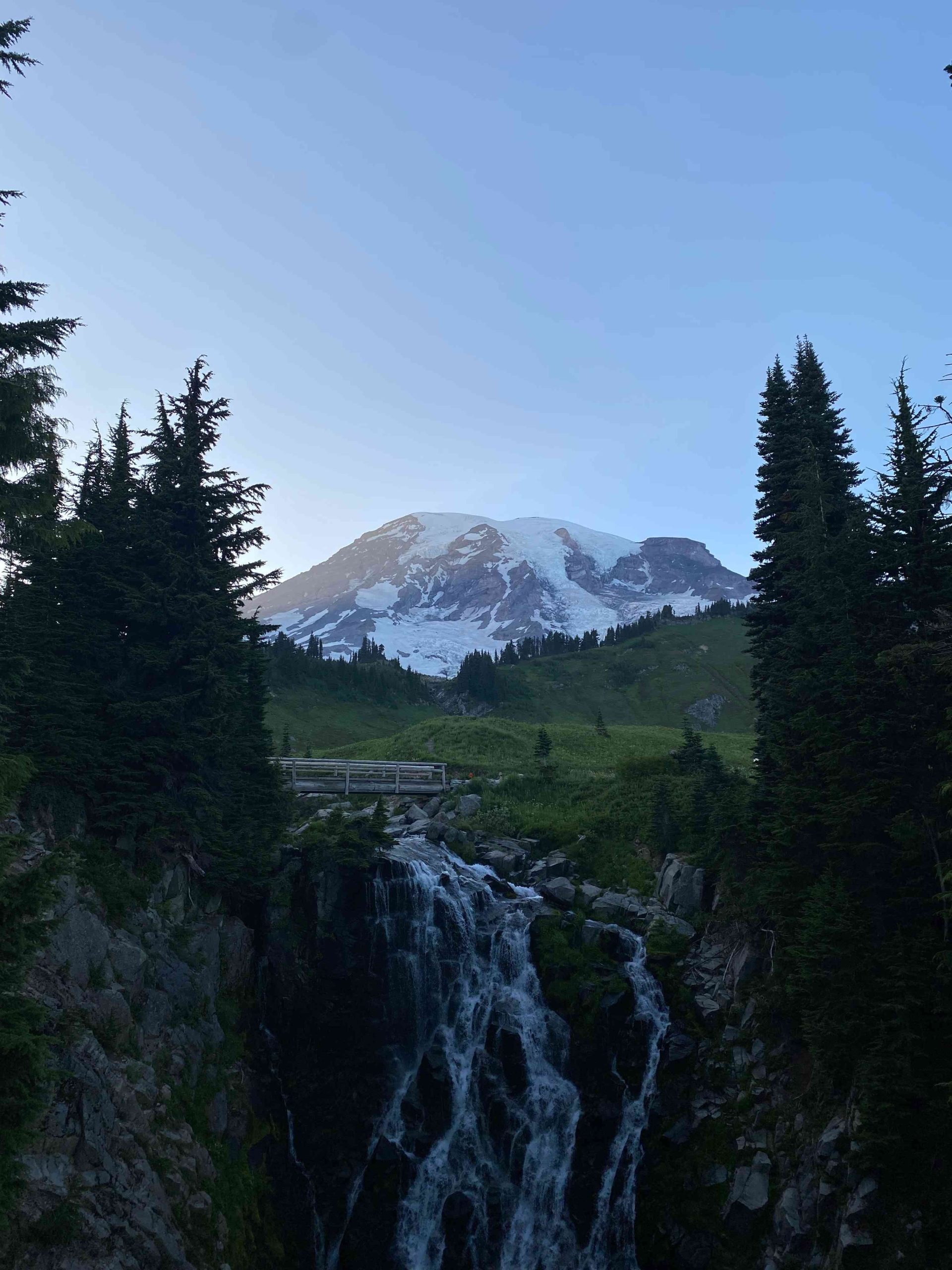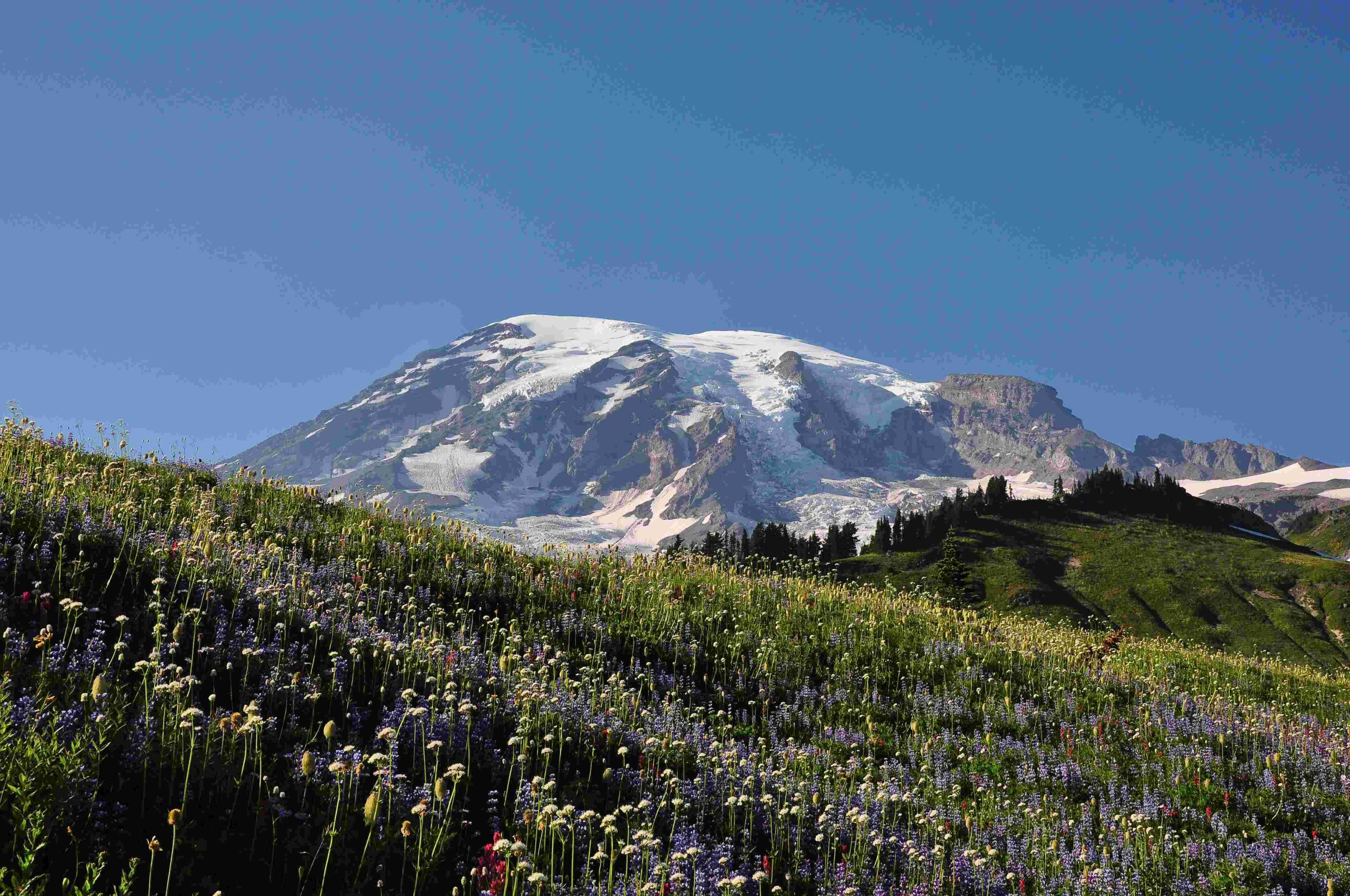Mount Rainier National Park has a long history of wildfires that have shaped its landscape over centuries. These fires, both natural and human-caused, have played a crucial role in forest succession, nutrient cycling, and habitat creation. The park’s fire management strategies have evolved to balance ecosystem health with public safety, employing techniques such as selective fire management and considering climate change impacts. During wildfire events, the park adjusts its facilities and programs to ensure visitor safety while providing educational opportunities about fire ecology.
What is the Historical Significance of Mount Rainier Wild Fire?

Mount Rainier’s wildfire history spans over a millennium, with significant events shaping the park’s ecosystem:
- 1230 A.D.: Largest documented fire, affecting 47% of park forests
- 1403, 1503, 1628 A.D.: Major fires establishing extensive forest age classes
- 1703 A.D.: Fires leading to 275-year-old stands in specific river drainages
- Mid to late 1800s: Extensive fires, possibly ignited by European settlers
- 1930 and 1934 A.D.: Significant fire episodes contributing to forest mosaic
These events have created a diverse landscape of forest patches with varying ages and compositions, contributing to the park’s rich biodiversity.
How Do Wildfires Impact Mount Rainier’s Ecosystem?

Wildfires at Mount Rainier have profound ecological impacts:
- Forest Succession:
- Initiate new successional sequences
- Lead to herb- and shrub-dominated communities
-
Gradually transition to forested areas
-
Nutrient Cycling:
- Remove dead wood accumulation
- Recycle nutrients back into the soil
-
Support survival of many plants and animals
-
Habitat Creation:
- Create open habitats for pioneer species
- Influence forest distribution and age structure
- Maintain sparsely forested areas due to recent burns
What Are the Current Smoke Conditions and Air Quality at Mount Rainier?
While real-time data isn’t provided in the sources, the park monitors air quality closely:
- Air Quality Monitoring:
- Assesses impact of wildfire smoke and other pollutants
-
Uses air quality indices and visibility metrics
-
Health Advisories:
- Issued during periods of poor air quality
- Particularly important for sensitive groups (children, older adults, those with respiratory conditions)
| Impact on Visitor Activities | Description |
|---|---|
| Visibility | Reduced visibility affects scenic viewing and outdoor activities |
| Health Risks | Poor air quality may lead to activity restrictions or advisories |
| Park Access | Severe cases may result in closure of certain park areas |
What Fire Management Strategies Does Mount Rainier National Park Employ?
The park uses several strategies to manage wildfires:
- Fire Suppression:
- Most fires are suppressed to protect life, property, and sensitive ecosystems
-
Select fires are managed for ecosystem benefits
-
Fire Management Plan:
- Aims to return fire as a natural ecosystem process
-
Ensures public and firefighter safety
-
Resource Allocation:
- Trained firefighters
- Specialized equipment
- Aerial support
- Fuel load monitoring and management
Recent changes in policy focus on:
– Selective Fire Management: Allowing certain fires to burn under controlled conditions
– Climate Change Considerations: Anticipating and preparing for impacts on fire frequency and ecosystem resilience
How Are Amenities and Facilities Managed During Wildfire Events?
During wildfire events, the park adapts its facilities and programs:
- Parking and Accessibility:
-
Remain available, with potential restrictions in fire-affected areas
-
Ranger-Led Programs:
- May be adjusted to focus on fire ecology and management
-
Educate visitors about the role of fire in the ecosystem
-
Visitor Centers:
- Provide information on:
- Fire status
- Air quality
- Health advisories
- Activity restrictions
By maintaining these services and adapting to wildfire conditions, Mount Rainier National Park ensures visitor safety while offering unique educational experiences about the park’s fire ecology.

